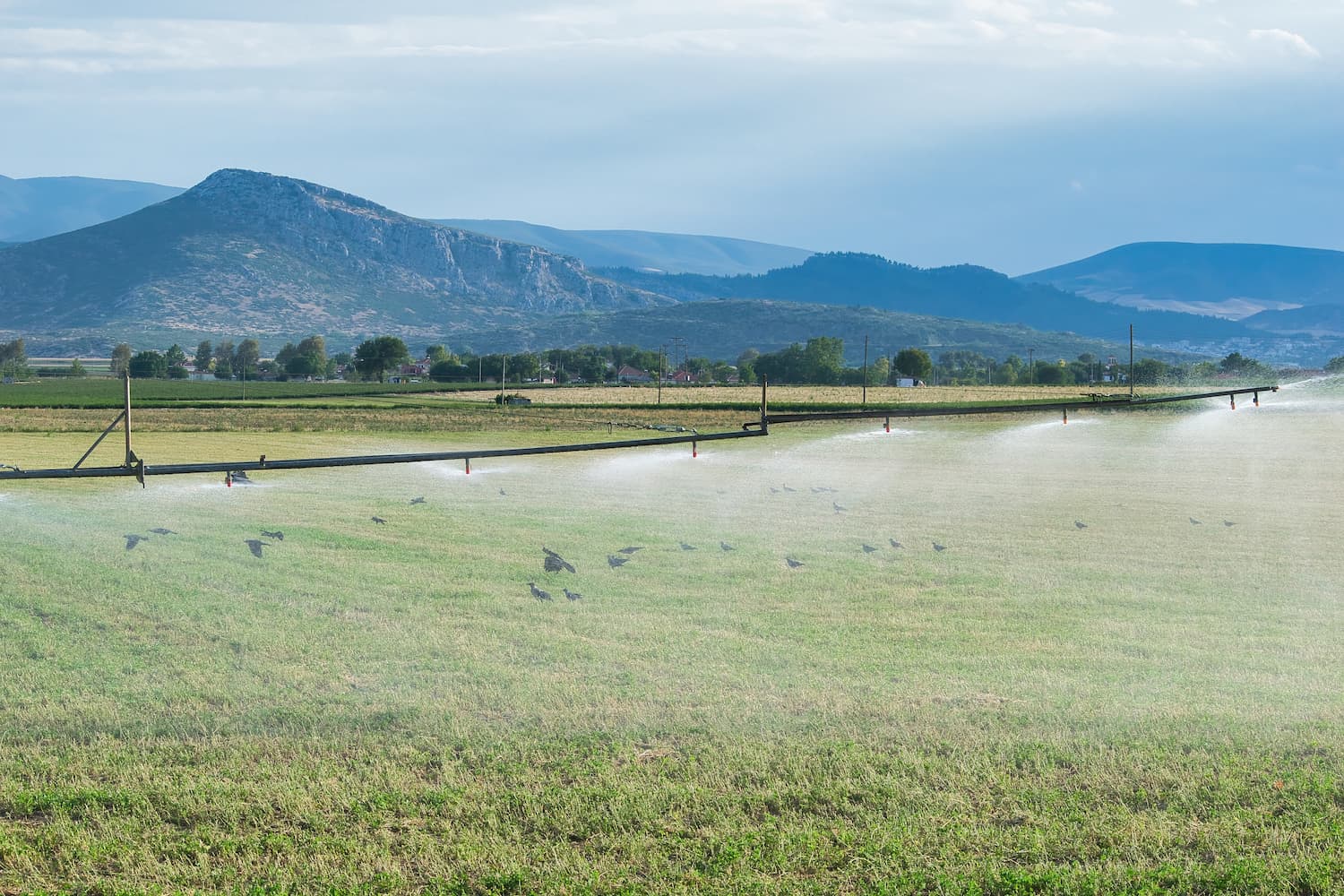EO Capability Benefits
Water Use Efficiency (WUE) mapping through Earth Observation (EO) is a powerful tool for monitoring how effectively crops convert water into biomass. This metric is essential for sustainable agriculture, especially in regions facing increasing water scarcity and climate variability. EO-based WUE supports informed decisions on irrigation scheduling, crop selection, and land management by identifying where improvements in water productivity are needed. It also underpins policies for climate-smart agriculture, water allocation planning, and investment in efficient irrigation systems.
EO Capability Description
Crop water use efficiency measures the relationship between crop productivity (yield produced or biomass) and water consumption, expressed in units such as kg of biomass per m³ of water. It is typically estimated using EO-derived proxies for biomass production (e.g., Gross Primary Productivity or NDVI-based models) and actual evapotranspiration (ETa) derived from remote sensing models. Sentinel-2 optical imagery provides key vegetation metrics, while models such as SEN-ET or METRIC may use ancillary data on climate and soil characteristics (e.g., meteorological inputs) to estimate ETa. Accuracy and scalability is enhanced with the integration of advanced machine learning techniques and crop growth models, allowing for comprehensively assessments of water use efficiency over large agricultural areas.
WUE maps are often delivered at decadal or seasonal intervals, at 10–30 m resolution, depending on the input datasets. These products allow users to identify spatial variability in irrigation efficiency, detect underperforming plots, and benchmark water productivity across different management practices or agro-climatic zones.
While optical EO alone cannot directly measure water fluxes, it plays a critical role in characterizing vegetation performance. When combined with validated ET models or water balance data, optical-derived WUE assessments are highly valuable for operational monitoring. Products should include metadata on model assumptions and validation results for transparency.
EO-enabled WUE monitoring helps bridge the gap between field-level water management and landscape-scale planning, offering timely, actionable insights for boosting agricultural resilience.


